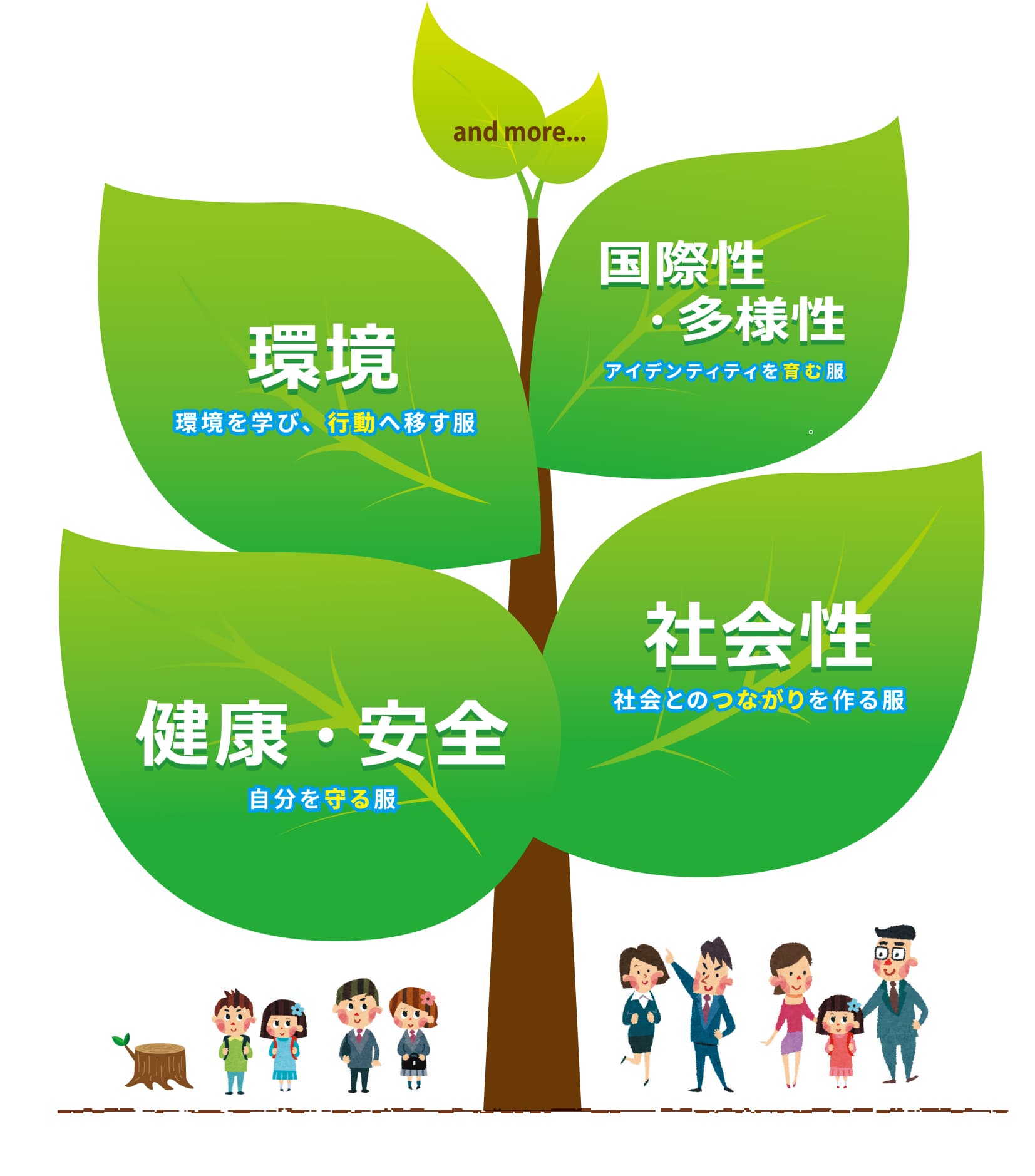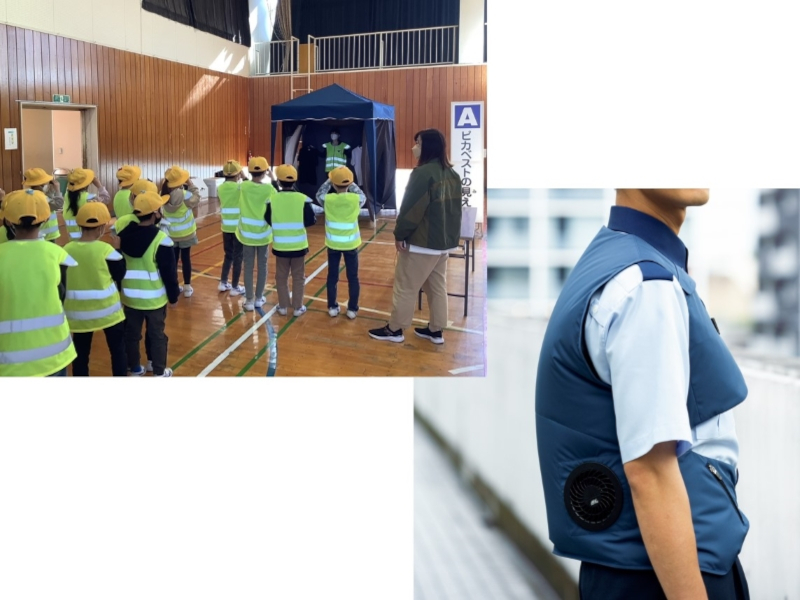

FUKUIKU® is a registered trademark of
CHIKUMA & CO., LTD.

FUKUIKU is an effort to understand the significance of clothing that is an indispensable part of our daily lives and its functions, and to consider how we can utilize this knowledge in our lifestyle. Clothing is one of the three elements that uphold our lives—food, clothing, and shelter—but the word often refers to making ourselves look better, and we are not always aware of the various roles it bears in supporting our lives. FUKUIKU aims to nurture a “zest for life” and “richness of spirit” that can be applied to our lives by getting to know the diverse roles and possibilities of clothing, including its linkage with health, safety, communication, the environment and the entire world.
When we first began putting on clothes, we did this primarily to protect (safeguard) ourselves. This still remains the vital and basic purpose of modern clothing today. For protection, it is important that we dress ourselves by gaining an accurate knowledge of the design, color and materials that are effective (or could increase risks) in terms of health and safety.
For example:

As children get older, the society to which they belong grows larger in size—and as the necessity to interact with others increases with this, how the children will communicate with others becomes more important. Clothing, which is a form of nonverbal communication, plays an important role in expressing what the children are like just by dressing in it. For children to understand the communicative power of clothing and to learn how to express themselves in accordance with appropriate forms of dressing will become an important skill in leading a social life.
For example:

Clothing made from a variety of materials, of which many are only being discarded, can bring about consideration for the environment. Because it is worn by everyone every day—from children to adults—we can be more environmentally conscious in our daily lives by having an accurate knowledge of its relationship with the environment.
For example:

Knowing the characteristics of clothing based on country and region leads to an understanding of the culture, not only for your own country but for other countries as well. Clothing can also lead to considering gender diversity and more.
For example:

School, the very first social experience for a child, is also an invaluable setting for learning about clothing. Especially since it is the place where a child shares time with friends, a deeper insight into clothing can be gained through thinking and discussing with other students about how to dress properly for the day’s study program, climate and temperature. In particular, if there is a school uniform to be worn by everyone, the child will be able to learn about the role of and the appropriate way to dress in formal clothing, apart from the usual casual wear.

For a child, home is the first place to learn about clothing and it has a vast influence in terms of knowledge. Developing awareness of clothing at an early age, as well as learning how to choose (what to wear on a daily basis, what to purchase) and how to care daily for clothes are all part of the clothing-related lifestyle at home. Additionally, how parents—the closest adults to the child—dress, is closely connected with the formation of a child’s sense of value toward clothing (how these adults appreciate and interact with clothing). At home where the child learns and applies his/her knowledge about clothing, it is crucial for the parents to have a good ability to provide better FUKUIKU not only by communicating well with the child, but also working in coordination with educational institutions and the community.
